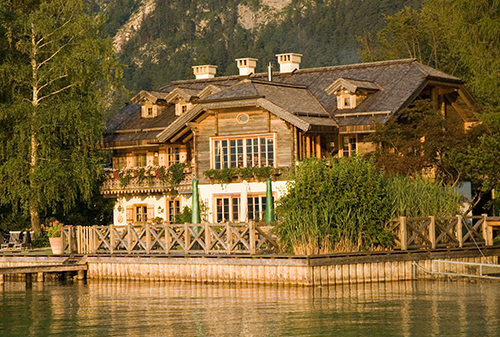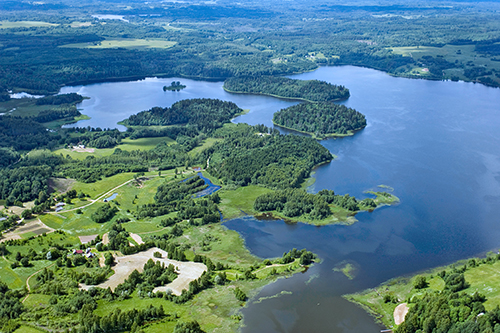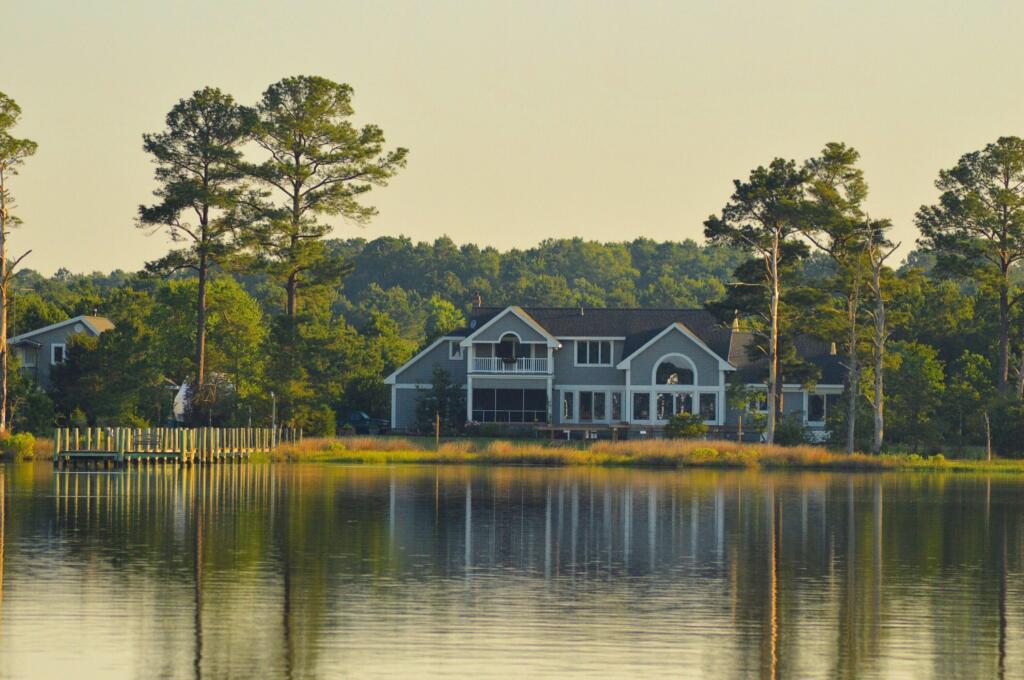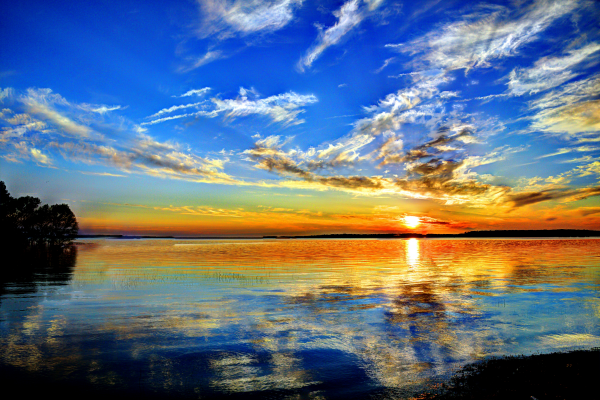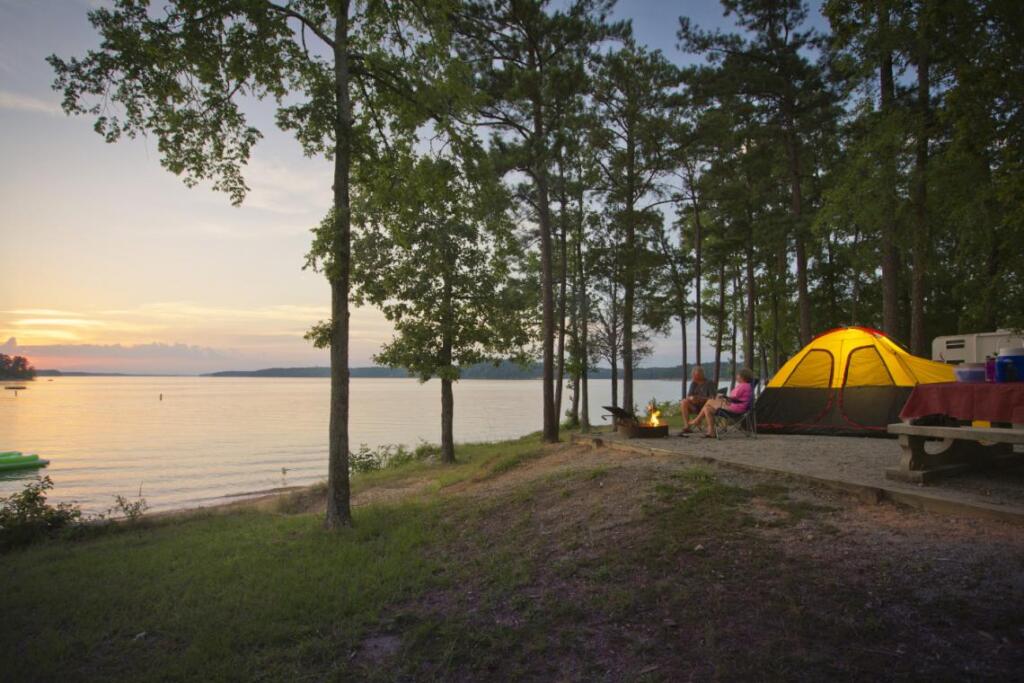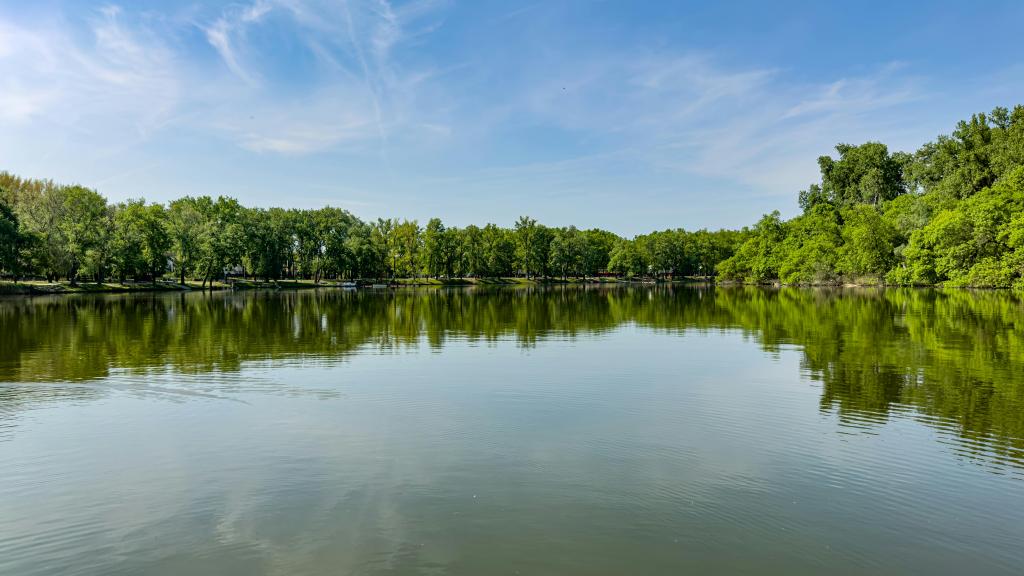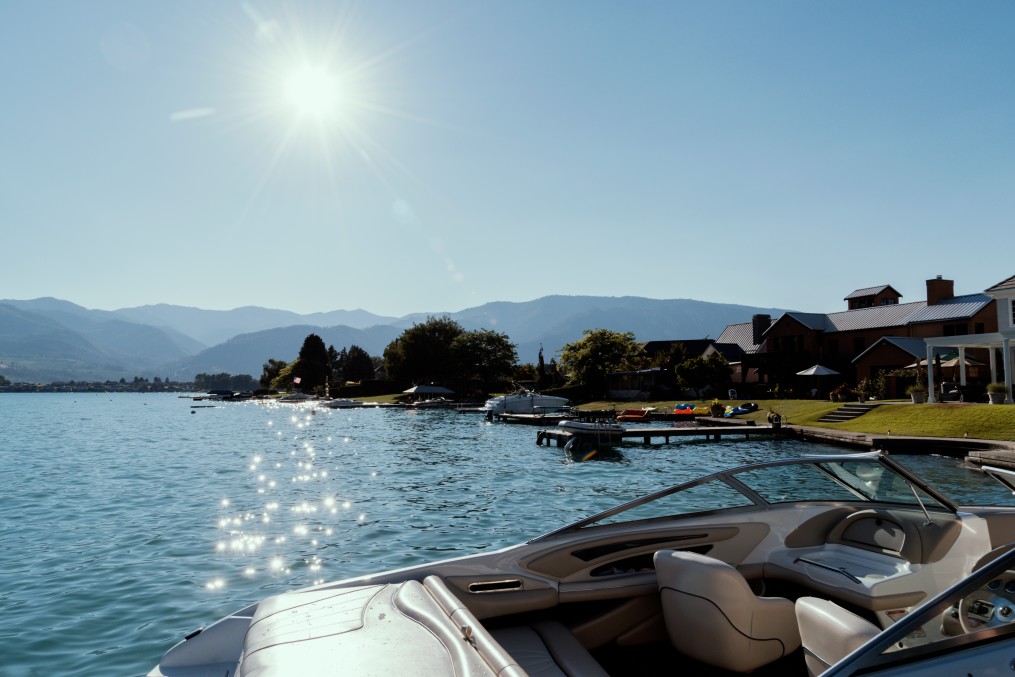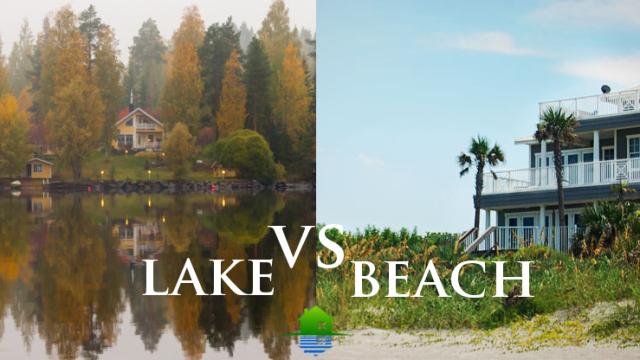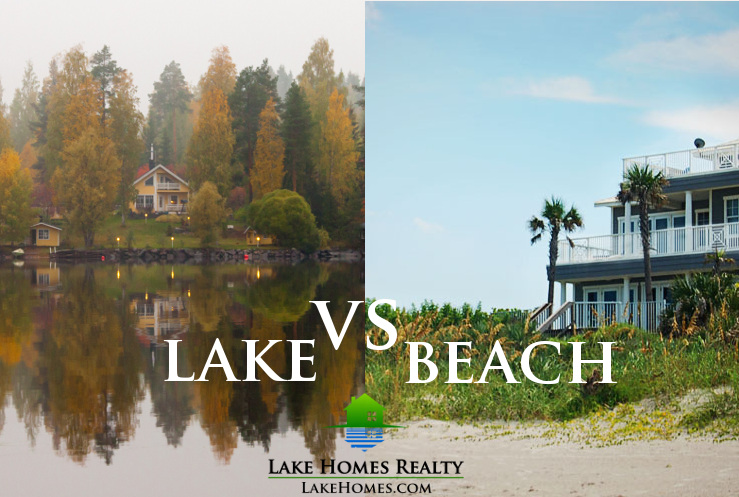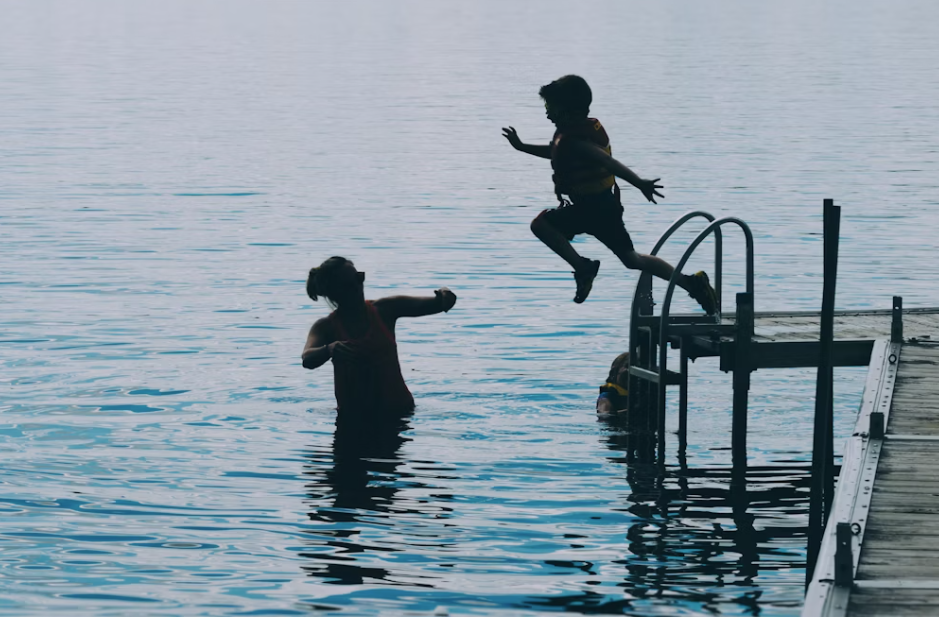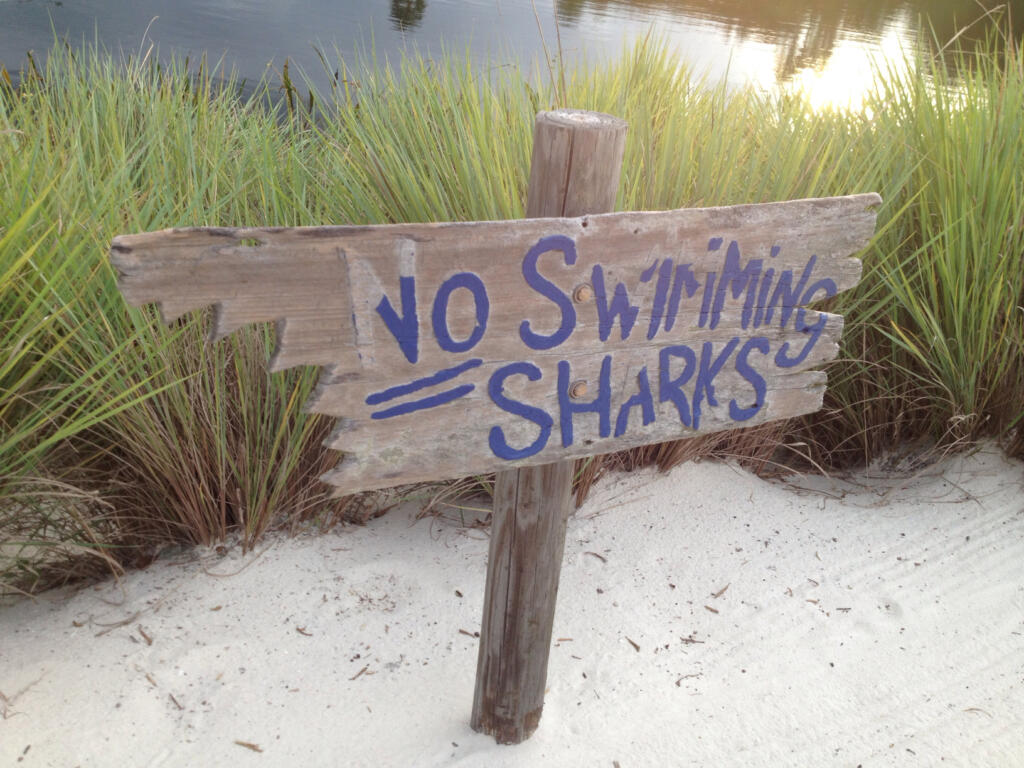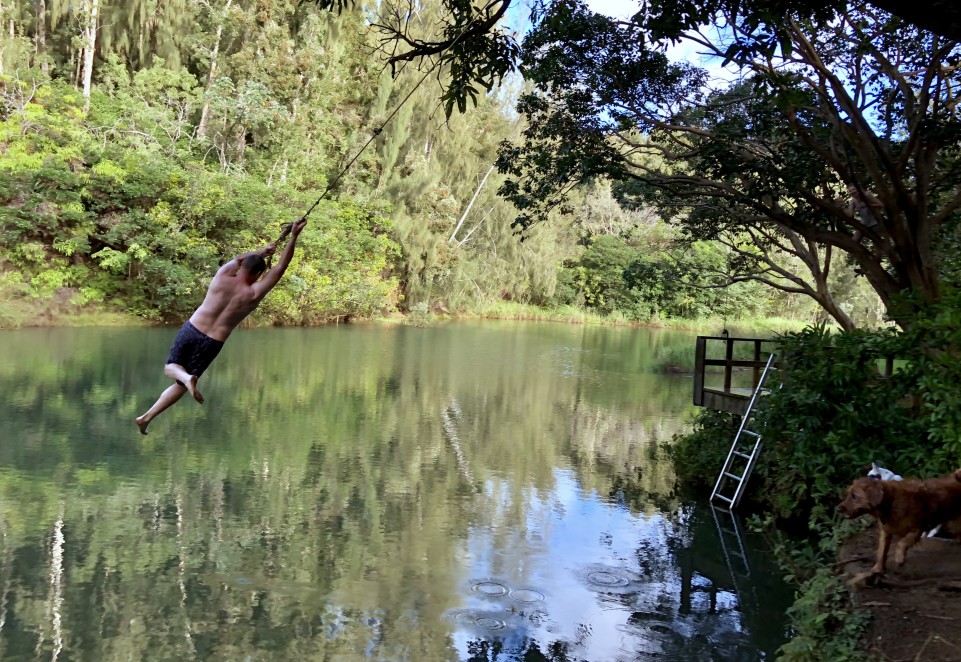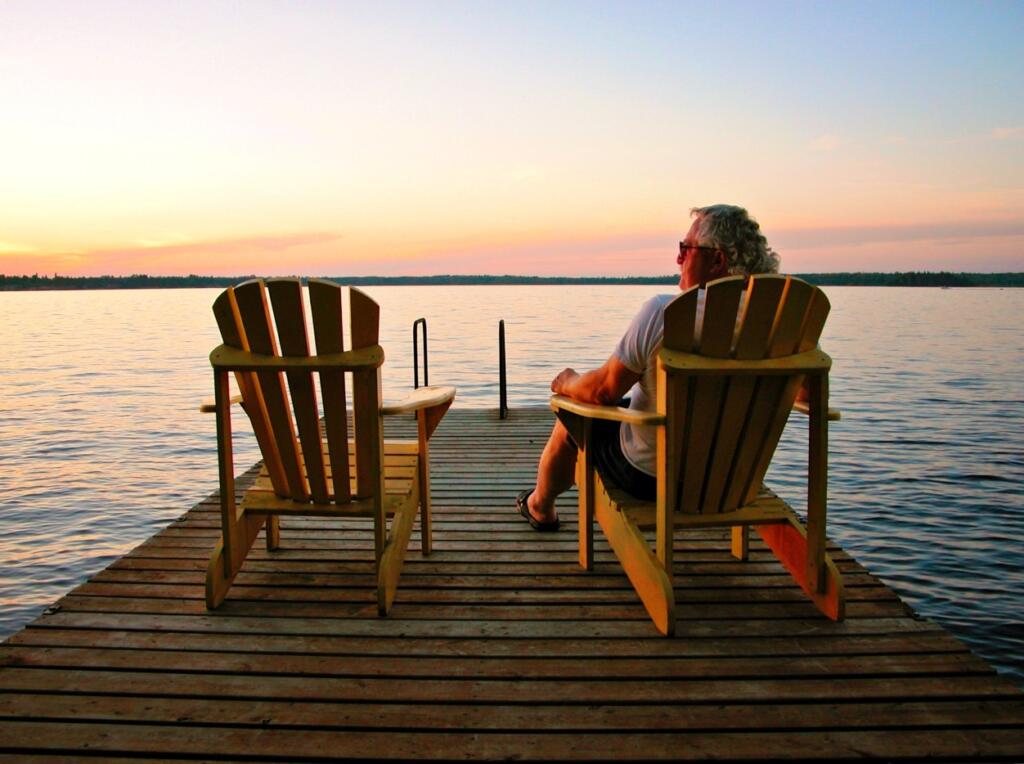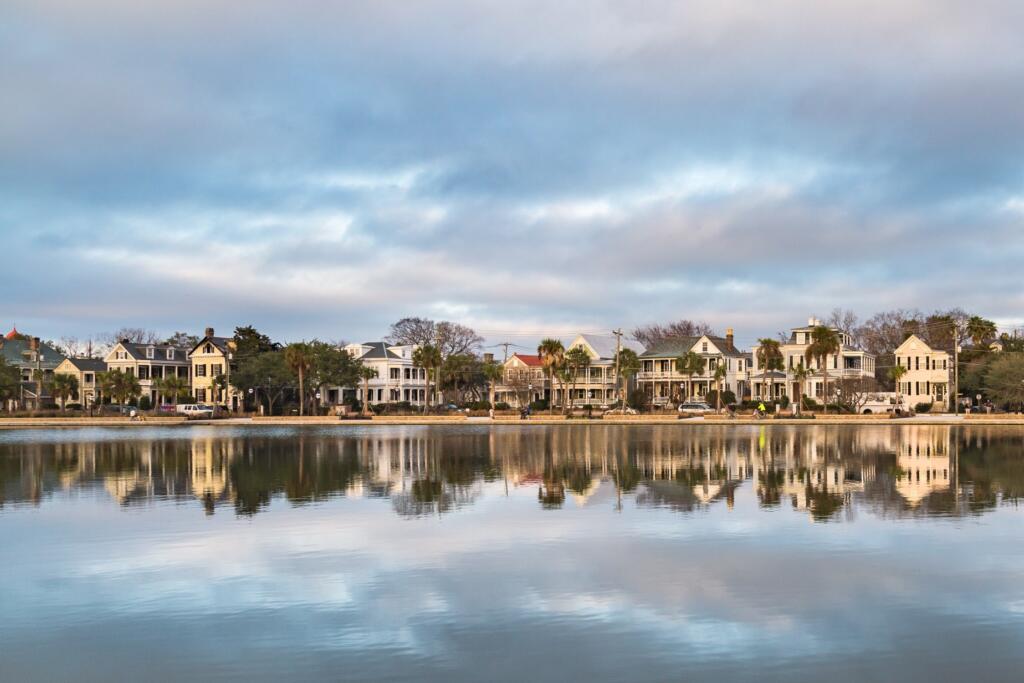
Seawalls protect the land from erosion by a body of water. If you have seen a seawall on the beach, just know that seawalls on the lake serve the same purpose. Just on a much, much smaller scale! A seawall is usually made of wood, stone, steel or concrete.
In recent years, synthetic materials have become more popular. These structures serve three distinct purposes on the lake.
First of all, they protect property from erosion, flooding or poor drainage. Secondly, a seawall helps maintain water depth. This is especially important if you enjoy boating, fishing, or other similar activities on your piece of the lake. Finally, seawalls can give your property an attractive, finished look. Especially if your property is on a slope, it can make your property much more attractive.
If you own a home on the waterfront, you may be responsible for a seawall. Don’t let this intimidate you! Seawalls typically require very little upkeep. Periodic visual inspection and minor repairs should make up the majority of your “chores.”
You may want to build a seawall on your property. If so, check your local regulations. Most lakes have requirements for any shore construction. For example, the Tennessee Valley Authority requires that you submit an application for any shore stabilization project.
Knowing regulations beforehand will help you avoid wasting money on a project you can’t finish. It can also give you guidelines on the most effective ways to construct your seawall.
Repairs and Maintenance
Inspect your seawall regularly in order to spot any problems before major issues arise.
If your seawall is new, be vigilant and make note of any sinkholes or cracks. Other defects may occur due to age.
Maintenance and repair techniques will differ depending on the materials used.
If you don’t know the local guidelines on maintaining a seawall, ask your neighbors. Most lake communities have resources available to help homeowners maintain their piece of the shoreline.
Don’t hesitate to ask for help!
Seawall Materials
Seawalls can be built from very different materials.
- Concrete: This is typical for many different seawalls. It will last around 30 years, if built properly. Simply patch any small holes or cracks in the concrete so that they don’t spread. If you find too much damage to repair on your own, call a professional.
- Steel: Steel sheet piling is common for both seawalls and bulkheads. The material provides a amazing strength and will last around 25 years. It should be treated properly to ensure that it lasts through being subjected to water.
- Wood: You will see wooden seawalls in more rural and residential areas. Just like steel, it should be treated properly in order to last.
- Riprap: Many homeowners prefer riprap for its more natural look. Riprap is a barrier of very large stones along the waterline. The stone can be granite, limestone, concrete or other materials. Repair is very basic, and typically consists of replacing any broken or scattered riprap.
- Vinyl or Plastic: This is a newer, more economical product. It offers about 50 years of life and comes in many different colors. On the downside, synthetic materials can be difficult to install. If you choose to install this type of seawall, hire a professional.
Stopping Erosion
Erosion happens to all land. Of course, this is especially true for those properties located by the water.
Rain, wind and the elements can eat away at any property over time. This can cause complications to any home on the shore.
Planting extra grass or vegetation can give your soil extra protection. Incidental erosion just beyond the seawall can happen, as well, so keep an eye out for water pooling behind it.
For more natural seawall materials, such as riprap, encourage natural vegetation. Plant growth will actually give your seawall stability, and help it blend in to the rest of your property.
After any major storm or flood, give your seawall a visual inspection to make sure it didn’t sustain any damage.
With just a little attention, this unassuming structure can protect you and your lake home for decades to come.
For more tips on improving your home, read more articles here.

